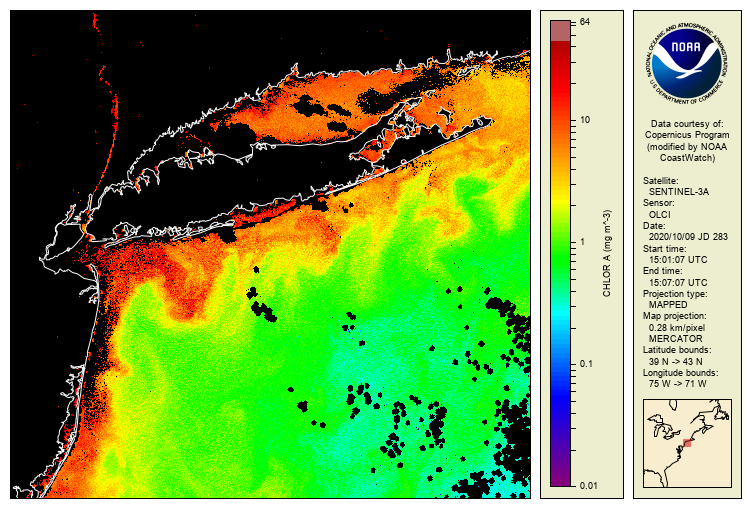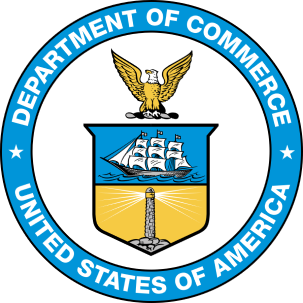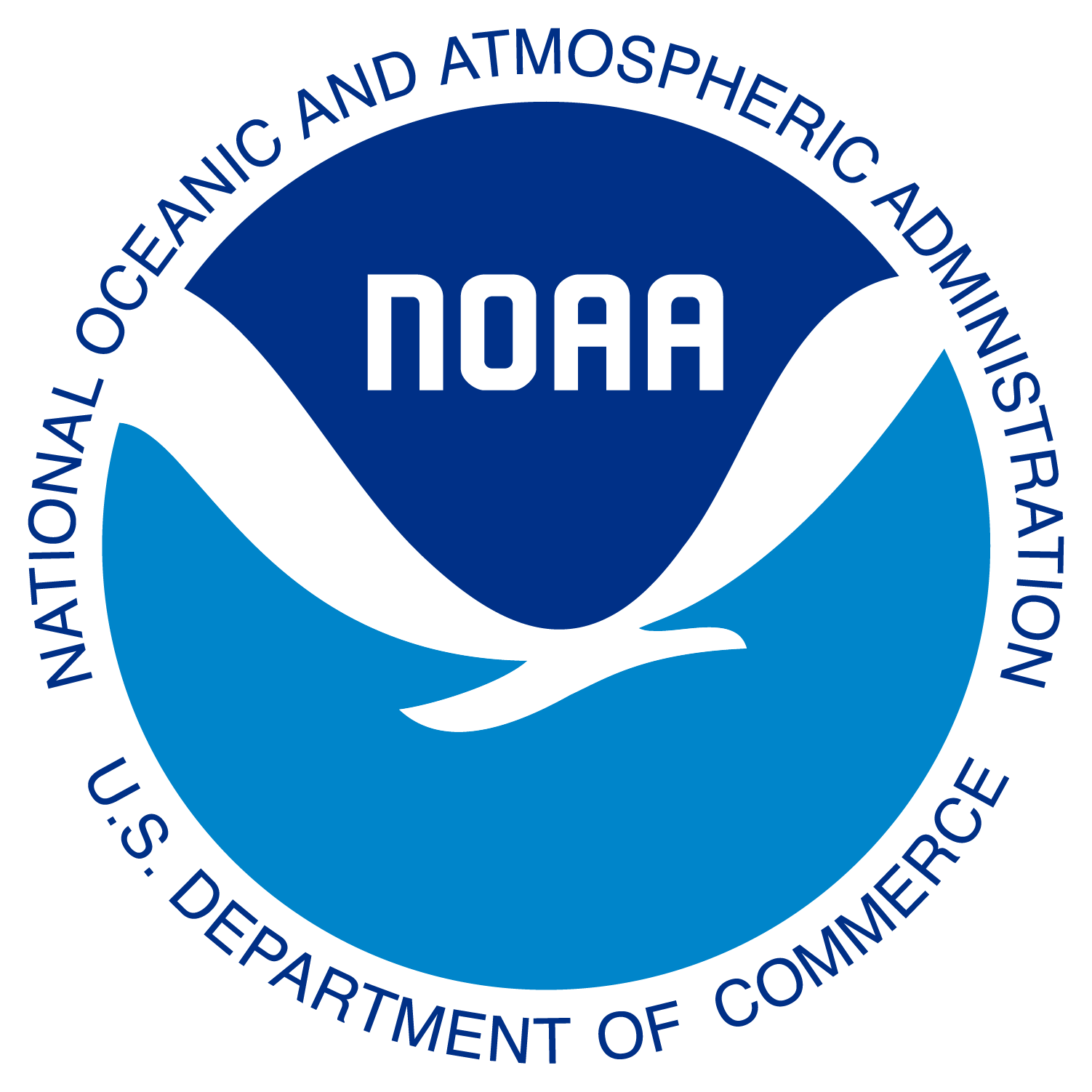 |
|
OLCI Chlorophyll-a
Figure: OLCI Chlorophyll-a, NY-NJ Bight & Long Island Sound, Oct 9, 2020, 300 m Chlorophyll from satellite is an estimation of the concentration of the phytoplankton pigment, chlorophyll-a, in the ocean surface and is used as a proxy for the amount of phytoplankton in the surface water. This measurement has many applications in marine ecology, from ecosystem modeling, to fisheries management, and monitoring of water quality, to name only a few applications. CoastWatch provides chlorophyll-a products in near-real time from the Ocean and Land Colour Instrument (OLCI) on-board the European Sentinel-3 satellites, courtesy of the European Union's Copernicus satellite program. These data offer a spatial resolution advantage over other satellite missions because of their 300 m spatial resolution, as opposed to a typical 1 km spatial resolution of ocean color products from other satellite sensors. Sentinel-3 is a multi-instrument and multi-satellite mission to measure sea- and land-surface temperature, ocean and land color and sea-surface topography. Sentinel-3A was launched on 16 February 2016. Sentinel-3B was launched on 25 April 2018 with the same instruments. See the European Space Agency (ESA) Sentinel-3 website for more information. The Sentinel-3 satellites have a mid-morning local overpass time (roughly 10 AM local time). The Ocean and Land Colour Instrument (OLCI) is based on heritage from ESA's Envisat satellite Medium Resolution Imaging Spectrometer (MERIS) to measure visible and thermal infrared radiances. OLCI has 21 bands at wavelengths from 400 nm to 1020 nm, a spatial resolution of 300 m, and a swath width of 1270 km. With both Sentinel-3 satellites in orbit, the combined swath width of the two OLCI instruments allows near global coverage to be obtained on a daily basis. Chlorophyll-a is generated using the MERIS 1999 Baseline Atmospheric Correction and ESA's 4-band combination chlorophyll-a algorithm (OC4ME) which is based on the MERIS heritage chlorophyll-a algorithm and modified for OLCI. CoastWatch converts ESA's chlorophyll-a swath data (Level-2) into mapped gridded files (Level-3), including mapped swaths and daily composites. EUMETSAT (2021) states that Sentinel-3A/OLCI and Sentinel-3B/OLCI chlorophyll-a are within 30% uncertainty in mesotrophic and oligotrophic water, in comparison with in-situ data. In eutrophic water, there are no reliable in-situ data comparisons, but inter-mission comparisons suggest OLCI chlorophyll-a is overestimated. While values up to 100 mg/m3 are included in the data, the algorithm is not designed for these higher chlorophyll values in eutrophic water. Chlorophyll-a compares well between Sentinel-3A/OLCI and Sentinel-3B/OLCI (within 2%) due to application of traceable and consistent vicarious calibration gains to mitigate radiometric bias between the two sensors. Because of the consistent vicarious calibration, water reflectances at green and blue wavelengths are within 2% between Sentinel-3A and -3B and within 5% of mission requirement based on comparison with coastal AERONET-OC measurements. Other bands have higher uncertainties and/or are dependent on a water type. Users are cautioned that coastal and lake chlorophyll-a values from OLCI exhibit large uncertainties. Data representing the above quality begin in near real-time operational processing on 16 February 2021 (i.e. Collection 3). Earlier data will be of lesser quality. Reprocessing of OLCI-A and -B mission data from the start of the time series (to ensure consistent quality across the time series) is in preparation by EUMETSAT. Please consult the EUMETSAT Ocean Colour Services website for the most recent OLCI Level-2 Ocean Colour Product Notice and Collection Report for important ocean color quality information. Data Access
Reference: |
|

